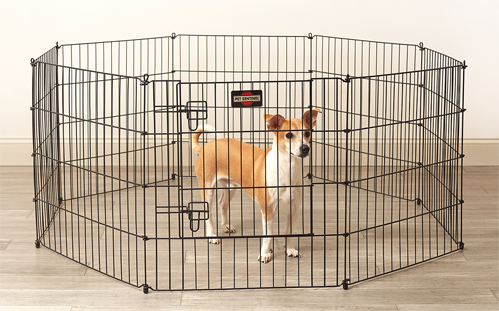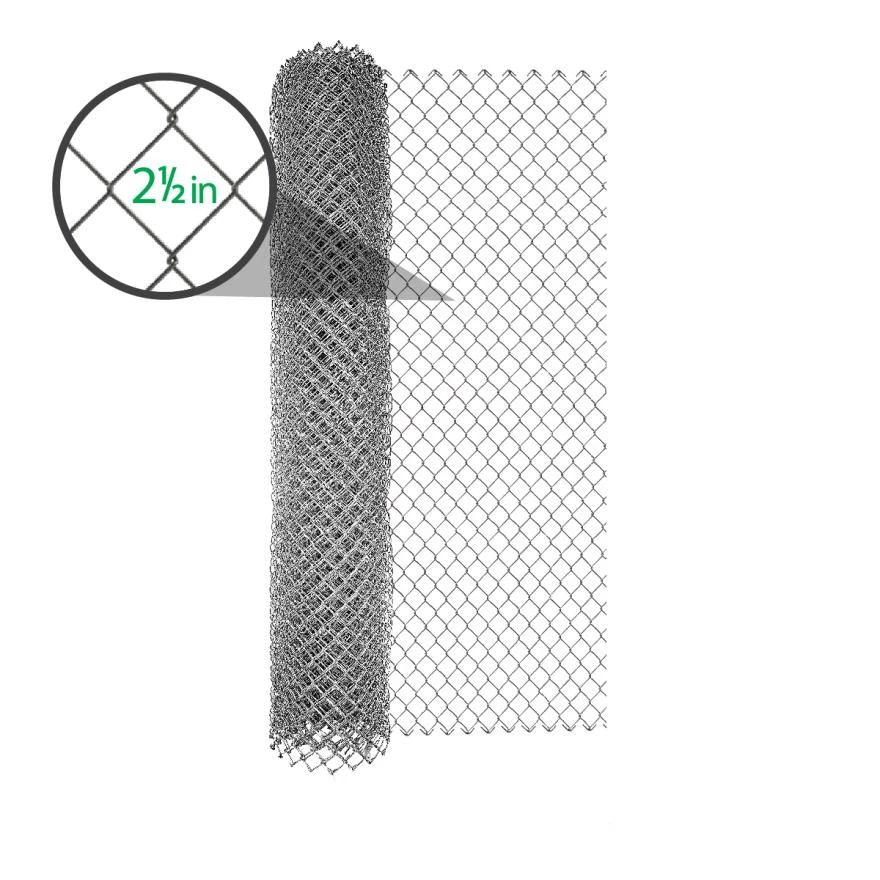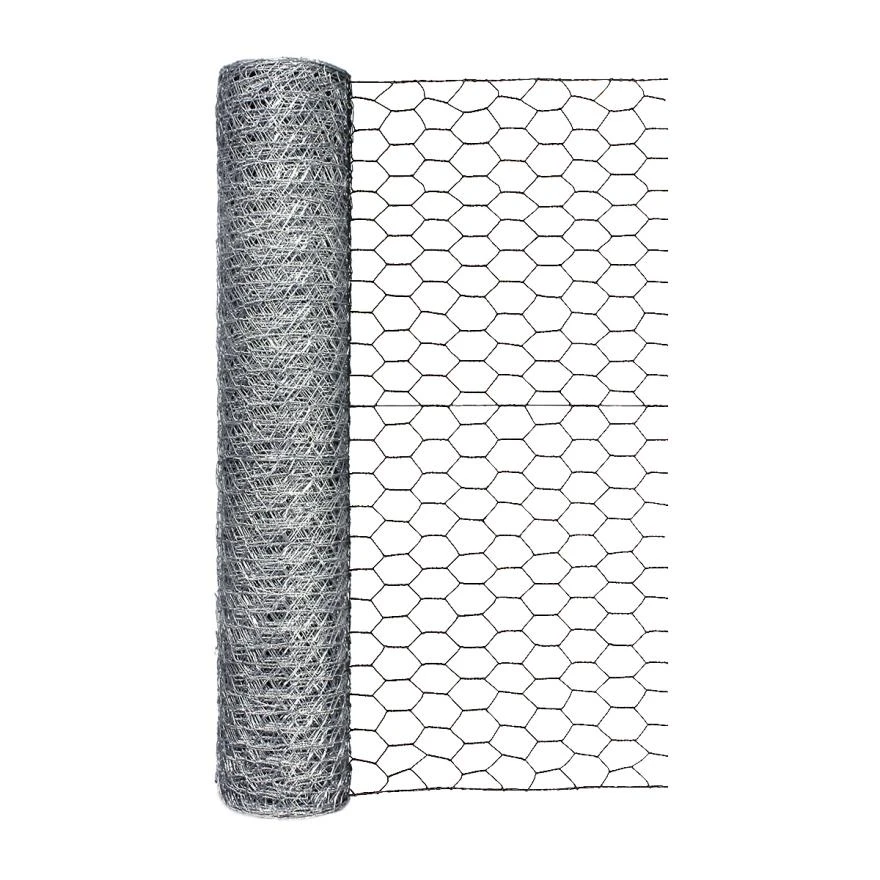Safety Barriers for Industrial Equipment to Ensure Protection and Prevent Accidents in the Workplace
Aug . 01, 2024 08:16
Safety Fences for Machinery Ensuring Workplace Safety
In modern manufacturing and industrial environments, the safety of employees is paramount. The use of machinery is often inherent to operations, ranging from heavy equipment to automated systems. However, with the significant benefits of these machines come substantial risks, including injury or even fatal accidents. One effective way to mitigate these risks is through the implementation of safety fences.
Safety Fences for Machinery Ensuring Workplace Safety
One of the primary features of safety fences is their ability to create a clear distinction between safe and unsafe zones within a workspace. By enclosing dangerous machinery within a designated area, safety fences help ensure that employees are not only aware of potential hazards but are also physically kept at a safe distance. This physical barrier is vital in environments such as factories, construction sites, and assembly lines, where multiple activities may be happening simultaneously.
safety fence for machinery

Safety fences must meet stringent safety standards to be deemed effective. They are typically constructed from durable materials such as steel or reinforced plastic, ensuring that they can withstand the wear and tear of daily industrial use. Depending on the application, these fences can be equipped with additional safety features, such as locks, warning signs, and visibility enhancements. For example, bright-colored barriers can draw attention to potential hazards, while interlocking systems can prevent machinery from operating if the fence is not properly secured.
Moreover, safety fences are not just physical barriers; they are integral components of a broader safety management program. Training employees on the importance of safety fences and the protocols for operating near machinery can significantly reduce workplace accidents. It is essential for employers to foster a culture of safety, where employees feel responsible for adhering to safety regulations and reporting any issues concerning machinery or safety barriers. Regular inspections and maintenance of safety fences are also critical to ensure they remain functional and effective.
In addition to the physical and training aspects, advancements in technology have also begun to influence the design and use of safety fences. Innovations such as smart barriers equipped with sensors can monitor the vicinity around machinery and provide real-time alerts if someone approaches too closely. These technologies can significantly enhance the safety measures already in place, allowing for a proactive rather than reactive approach to workplace safety.
In conclusion, safety fences for machinery play an essential role in safeguarding employees in industrial environments. They not only provide a physical barrier to prevent accidents but also foster a culture of safety awareness and responsibility among workers. By integrating safety fences with comprehensive training programs and leveraging new technological advancements, companies can enhance their safety protocols, ultimately leading to a safer workplace. Investing in safety measures is not just a regulatory requirement; it is also a moral obligation to protect employees and ensure their well-being while they contribute to the efficiency and productivity of the organization.









 Unity
Unity Creation
Creation Challenge
Challenge Contribution
Contribution










